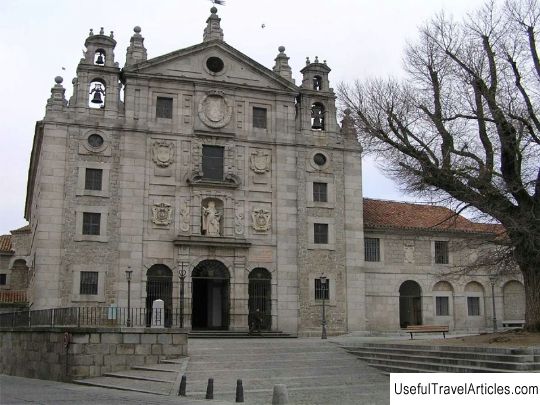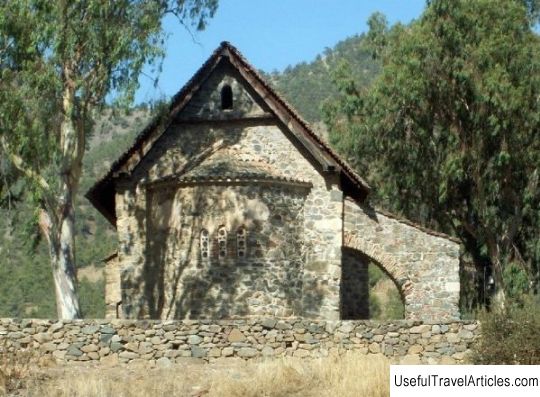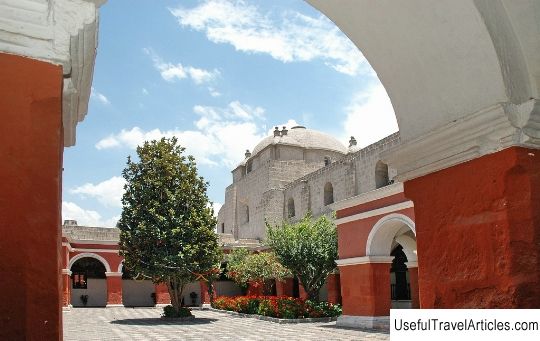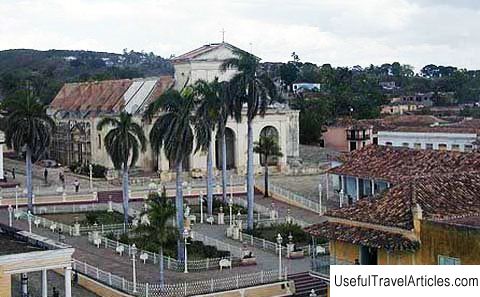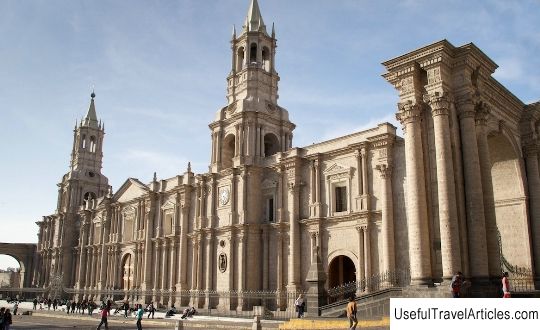Monastery of Santa Teresa and Museum of Sacred Art (Convento de Santa Teresa) description and photos - Peru: Arequipa
Rating: 7,5/10 (100 votes) 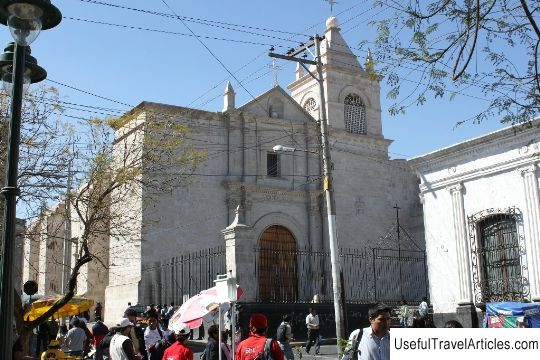
Santa Teresa Monastery and Museum of Sacred Art (Convento de Santa Teresa) description and photos - Peru: Arequipa. Detailed information about the attraction. Description, photographs and a map showing the nearest significant objects. The title in English is Convento de Santa Teresa. Photo and descriptionIn July 1665, several brothers from the Order of the Barefoot Carmelites stopped in Arequipa. They went to Bolivia to found a monastery. But the authorities and residents of the city, expressing a desire to keep the monks at home, made a request for permission to build a church and a Carmelite monastery in Arequipa. In 1684, a royal decree was issued authorizing the construction, and in 1701, the license of the viceroy was issued and the first stone of the future monastery was laid. Three sisters were appointed from Cusco to complete the construction and manage the new monastery in 1710 -nuns. The opening and consecration of the church and monastery was accompanied by a procession, which was attended by Carmelite monks and nuns, government officials and the population of Arequipa. Initially, the monastery was a small room with cells, a temple and a large garden. During the colonial era and subsequent years, the monastery continued to grow and expand. After the earthquake in June 2001, the building of the temple and monastery was seriously damaged. There were not enough own funds for the restoration work, so part of the monastery had to be opened to the public in order to share the rich artistic heritage collected in the monastery for 300 years of its existence. So, in 2005, the Museum of Religious Art of Santa Teresa was opened within the walls of the monastery. In its 12 exhibition halls, you can see more than 300 unique works of art, including paintings by artists of the Cusco school, sculptures and jewelry on religious themes, as well as household items from the colonial era. located in special exhibition stands with constant monitoring of temperature and humidity. At the very beginning of the tour of the museum, you will walk along the avenue of flowers and see a wonderful patio patio with the Huamanga fountain, made of stone. Visit the monastic cells and get acquainted with the living conditions of the nuns, see the administrative building with rich rococo decor and a tower with four bells. At noon, you can travel back a couple of centuries when you hear the ringing of the bell and the melodious singing of the nuns in Latin and Spanish. In the thematic exhibition halls of the museum, you can learn the history of the Carmelite Order and the history of the Santa Teresa de Arequipa Monastery. At the end of your visit, you can taste sweets and cakes prepared by the nuns according to old recipes, or buy handmade rose petal soap.         We also recommend reading Park Sarkanniemi description and photos - Finland: Tampere Topic: Monastery of Santa Teresa and Museum of Sacred Art (Convento de Santa Teresa) description and photos - Peru: Arequipa. |
